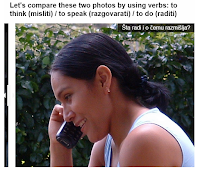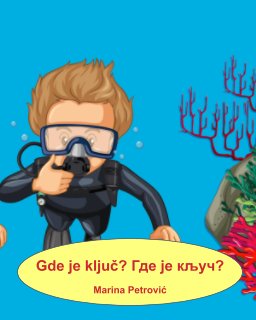Here comes a fun slider to help you improve your speaking skills while describing these two photos:
Useful conjugations:
Useful conjugations:
- RAZMIŠLJATI: razmišljAM - razmišljAŠ - razmišljA /// razmišljAMO - razmišljATE - razmišljAJU
- RAZGOVARATI: razgovarAM ... razgovarAJU
- RADITI: radIM - radIŠ - radi /// radIMO - radITE - radE
- MISLITI: mislim - misliš - misli /// mislimo - mislite - misle
---
What is the difference between MISLITI and RAZMIŠLJATI?
Common collocations with translations will certainly help:
- Mislim na tebe = I am thinking of you
- Razmišljam / Mislim o tebi = I am thinking of you
- Mislim da je knjiga dosadna = I think that the book is boring
- Razmišljam da te nešto pitam = I've been thinking to ask you something

.png)














